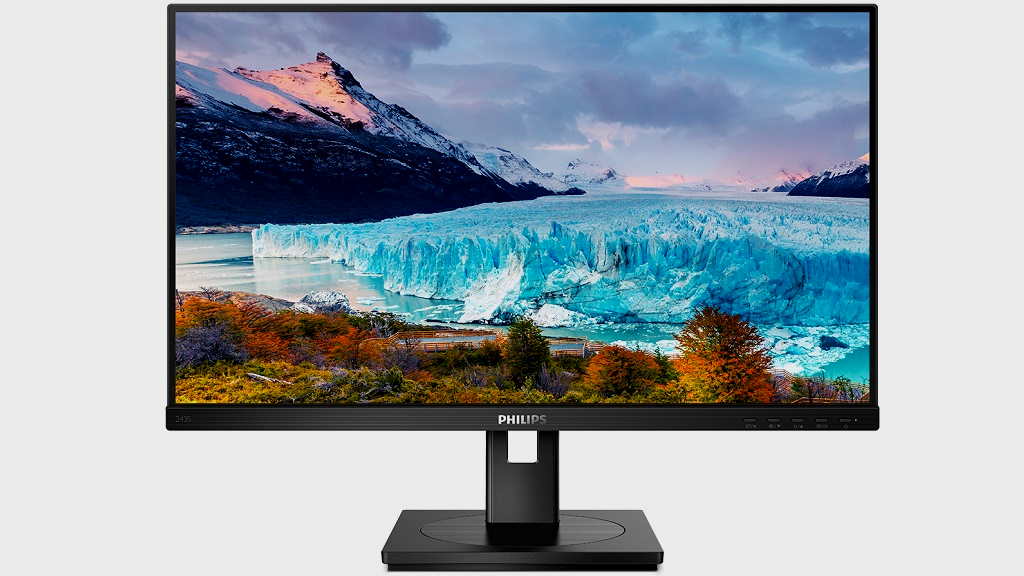
Since the start of the pandemic, telecommuting has become very important. In its toughest days, it has made it possible for many companies to continue operating with a certain normality. Then, the majority of employees of companies that carried out their tasks behind a screen began to work from home, and to meet by videoconference. Many already used laptops at work and continued to use them at home. Other companies, to adapt, they had to buy laptops for their employees. But soon they realized that they needed more devices to increase and maintain your productivity. Of these, the main ones were the monitors.
Why did employees need external monitors on their laptops, if they already have their screen? Well, very simple: because for them it is more comfortable to work with a big screen of quality if they have to do it regularly. A laptop screen, even if it is of good quality, is not recommended to work with it for a whole working day. Especially if the computer is ultraportable or small in size.
In these cases, laptops are designed to work on the move or for business trips. But not to spend 8 hours in front of your screen every day. Therefore, to work more comfortably, companies saw from the outset that they had to invest in monitors for their employees to work from home.
Now, with the return to the office, in many cases in a mixed format, employees continue to work some days from home, while others have to go to the office. Therefore, they carry the laptop from one place to another. And those who already have a suitable monitor at home discover in many cases that they do not have an appropriate one at the office. Sometimes they don’t even have one. And your productivity drops as a result of not having a suitable screen to work comfortably.
So much so that, according to a study prepared for Dell Technologies by Forrester, 56% of workers who perform their tasks remotely They claim they have a better productivity level if they work with a monitor that is larger than 24 inches. This means that if they do not have it, their productivity is lower. Both at home and in their offices.
For this reason, with the return to the offices, and after making an initial investment in monitors for teleworking, companies of all kinds, but especially large ones, are making a second investment in monitors. This way, your workers can keep up the pace and be productive. Not only that, but their health benefits as well: they don’t have to strain their eyes or adopt poor postures to work because they have a small screen. But in this case, the investment in monitors for their offices, which in many cases are being reorganized to adapt to hybrid work.
More importance to shared workstations with adequate monitors
It is estimated that 87% of companies are analyzing the use they make of their office workspace or will do so in a few months. This is going to have quite a few consequences, since many offices are going to reduce their size, and are going to adopt what are known as shared workspaces. Everything points to in 72% of companies, the importance of these types of jobs will increase. In them, the workstations are not fixed, and each one usually has the necessary devices to connect a laptop and work.
Among them, perhaps the most important is a monitor. Or in the case of workstations that need to work with multimedia, in development or with large amounts of data, even two monitors are needed. In this way, employees can work with two applications on the screen at the same time, without having to switch between windows, which takes up time. For all this, 65% of company budgets will include items for shared jobs, which are on the rise, the proposal to purchase external monitors.
In another order of things, the budgets that are going to be assigned to acquire monitors for shared workstations are between two and four times greater than those destined for fixed workstations. This way, it doesn’t matter who sits at which desk each day – you’ll always have the right monitor to get the job done.
But in addition, the companies that are implementing shared workstations prefer the creation of multi-monitor workstations. 89% are thinking of having three or more at each station, while 60% are considering the possibility of equipping these stations with curved monitors. And 49% plan to equip them with two monitors.
The opening of offices does not imply that the meetings will be face-to-face again. Perhaps part of the teams will be there in person. But there will be others who are working remotely and connect to them through the Internet. That is why it is also important that when purchasing monitors, it is taken into account that the collaboration options that incorporate many, such as webcams or speakers, are highly appreciated by workers.
This is very relevant to 71% of those who work with a single monitorand for 54% of those using a dual setup. In many cases, the monitors that were in the offices before the pandemic did not have these types of possibilities. That’s why, and from what we’ve seen so far, big companies are investing in monitors: to ease their employees into a new hybrid workspace, and to improve their performance. But choosing the right one in each case can give companies more than one headache. In case you have doubts about which are the best for your company, you just need to get the report that we have mentioned!



